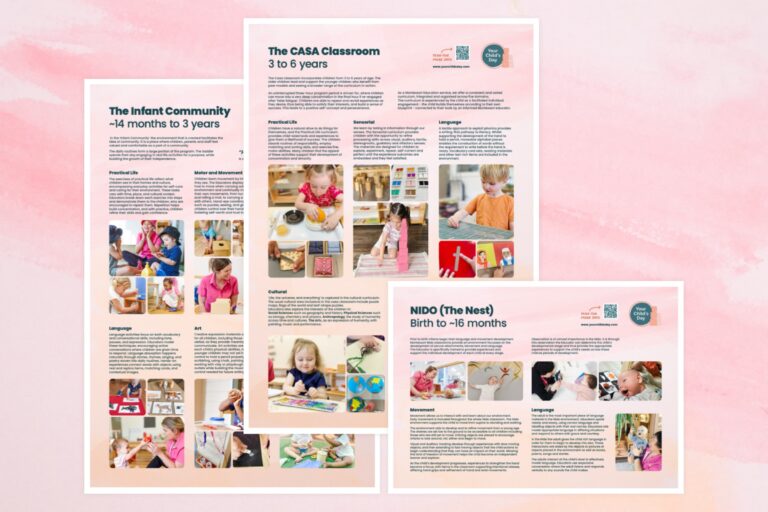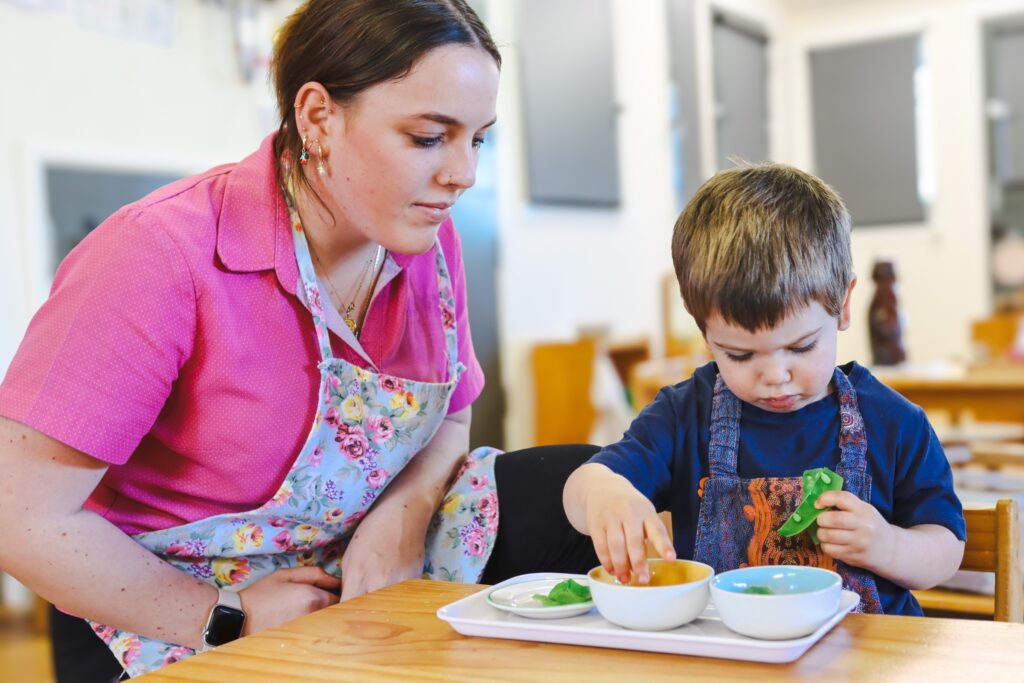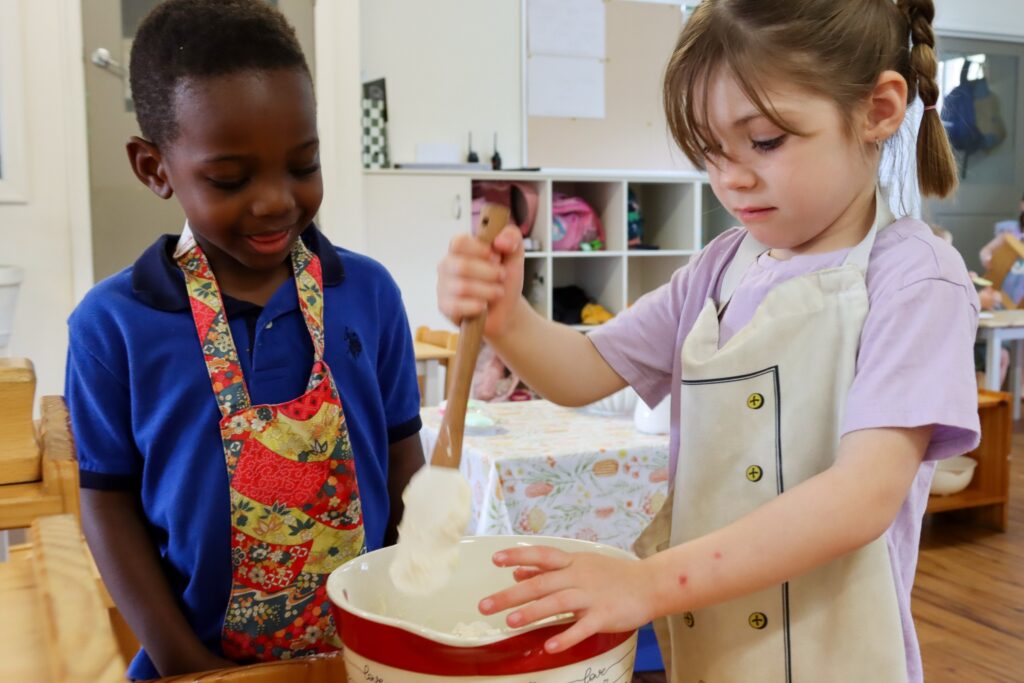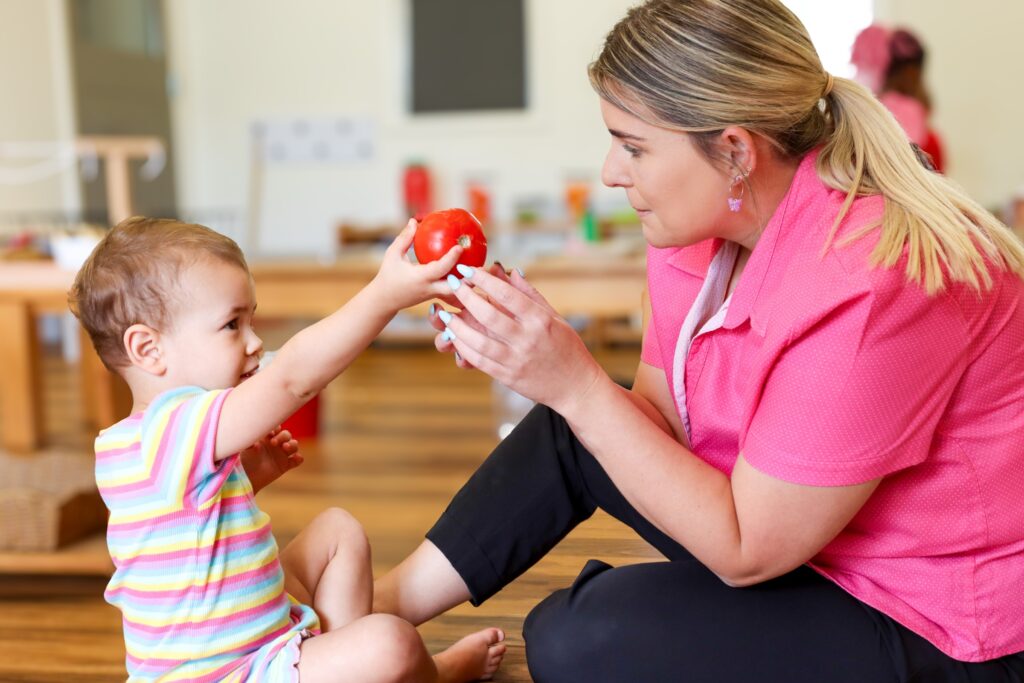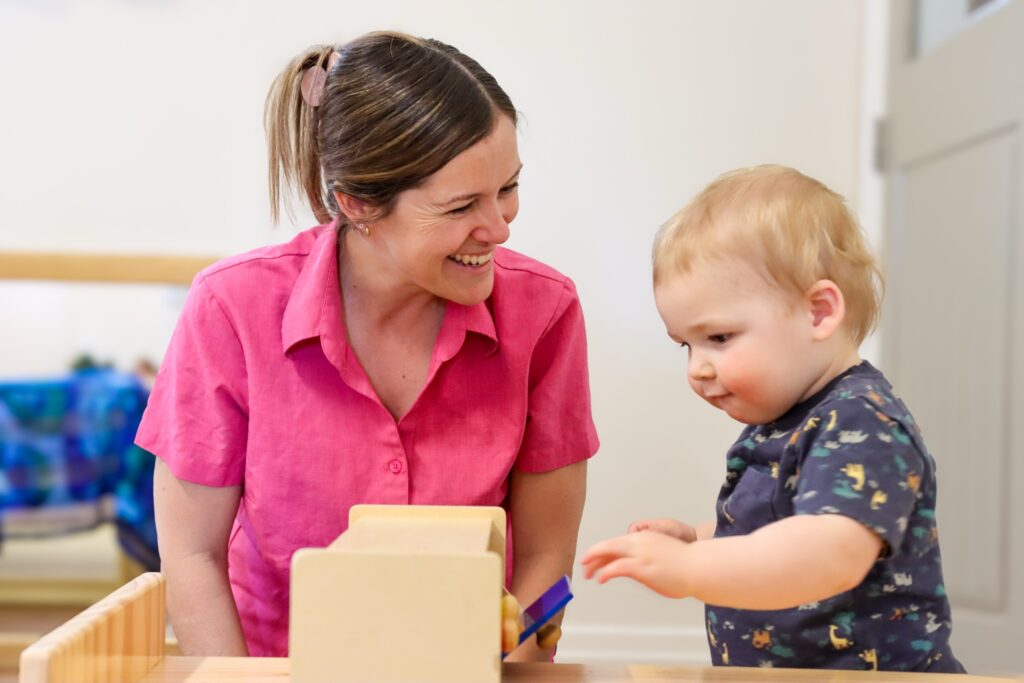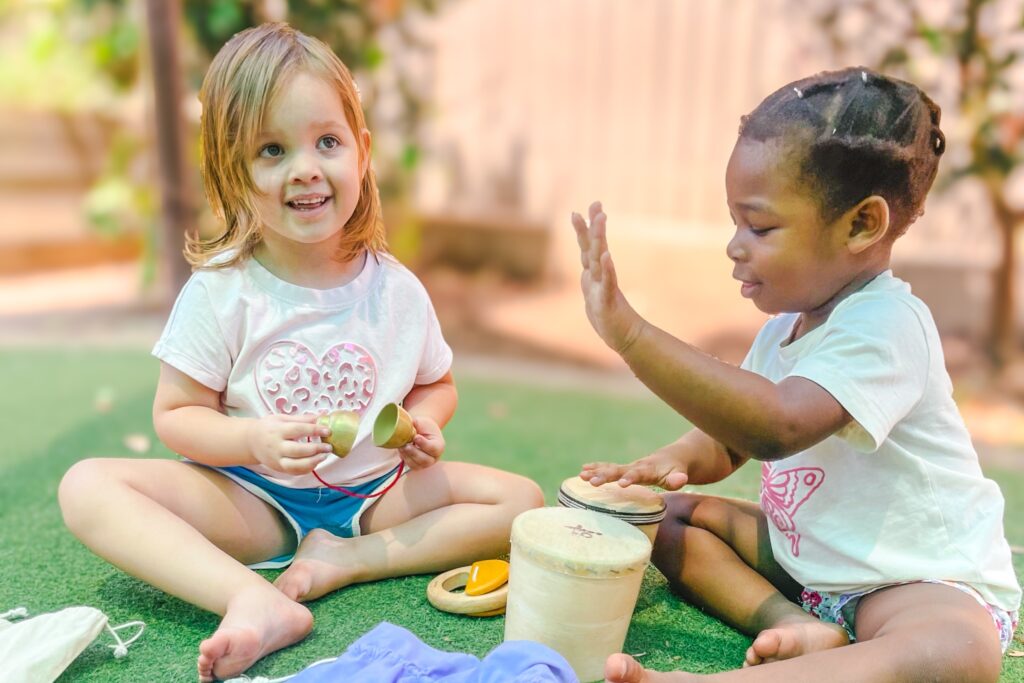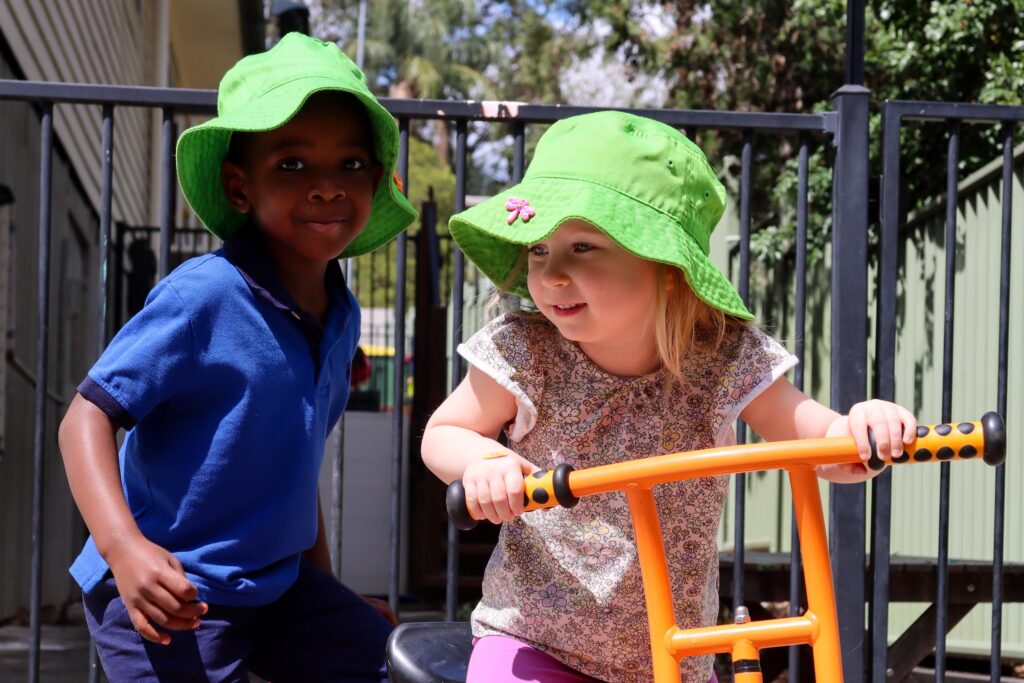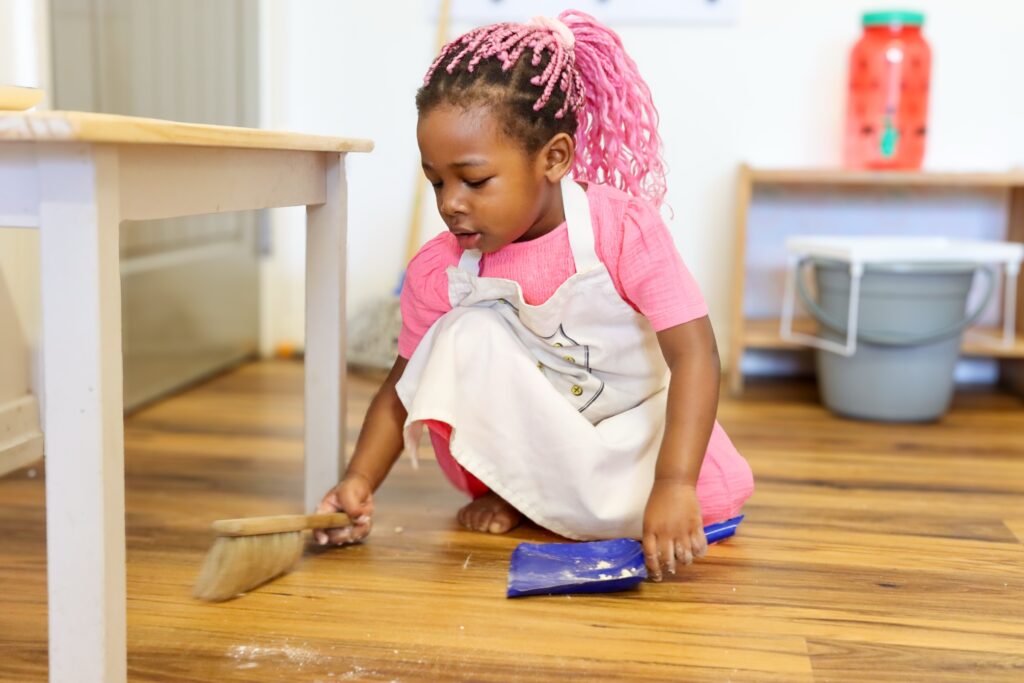Art
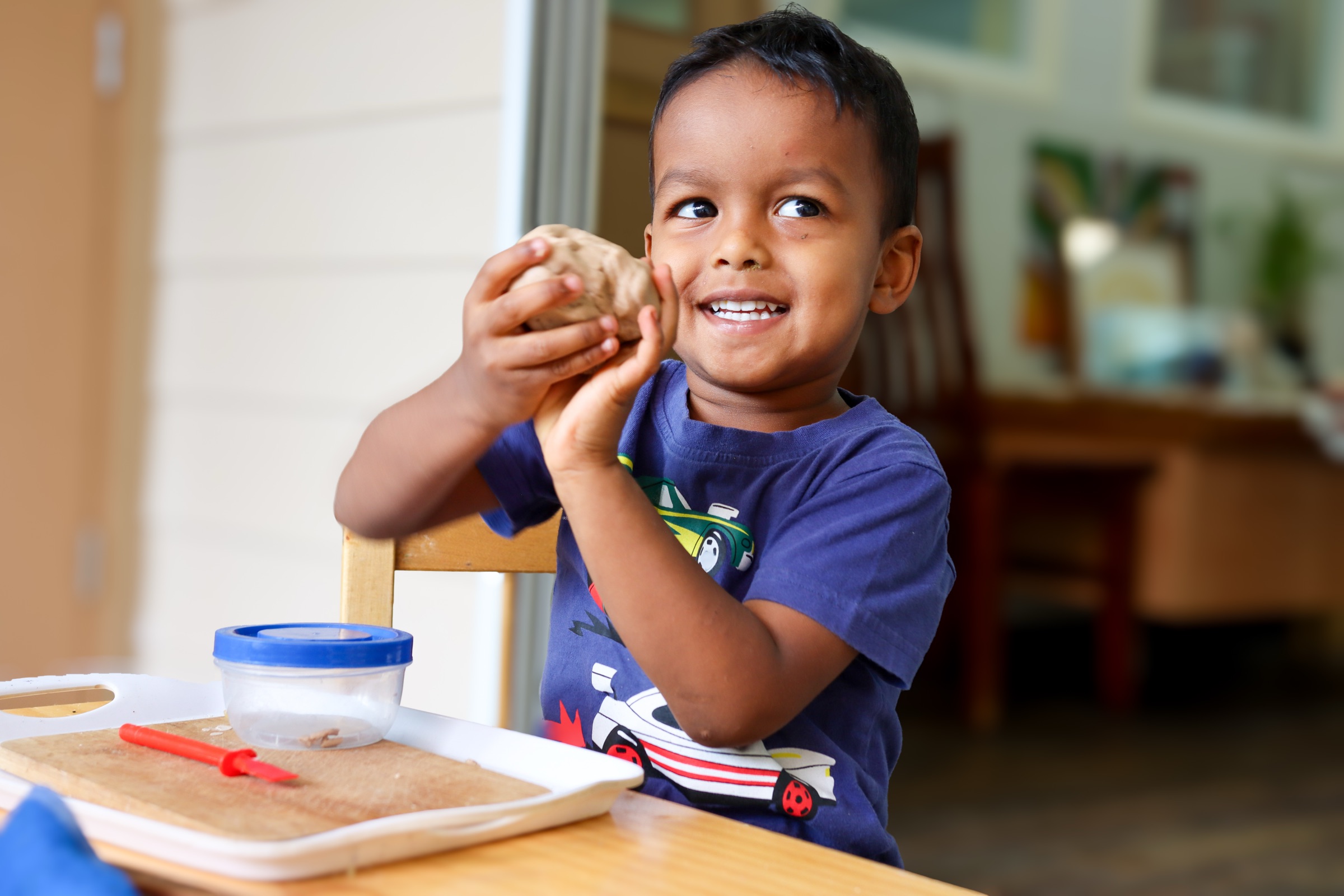
Creative expression materials are essential for all children, including those who are nonverbal, as they provide meaningful ways to communicate. Art activities are tailored to each child’s physical abilities, recognising that younger children may not yet have the muscle control to hold a pencil properly. Activities like scribbling, using chalk, painting on easels, and working with clay or playdough offer creative outlets while building the muscle strength and control needed for future writing skills.
For young children it is important to offer materials to encourage them to express themselves creatively. There is many different theories on art. Montessori based it on the child’s fine motor ability such as no pencils to start with as they can’t hold them correctly until approximately 2 ½ years. The younger child simply does not have the muscle control in their hand to learn to hold a pencil in the correct manner, thus experiences that support the development and refinement of the control required for later tasks are provided now.
The most primitive form of expression is with the use of dots using whatever materials are easily available including sandpits or mud pits. After the child has experienced dots they then move to making lines. At about 2 ½ – 3 years the child makes circular shapes so you will not often see a child in the Infant Community drawing a body shape. This is a form of art as the child is doing it themselves and expressing themselves the way they want to.
When using materials on paper the placement of the material onto the paper must be the child’s choice. The adult should not ask them to fill in all the blank space. The child will often start in one corner at the bottom of the page or in the middle. Often once they do a few strokes they spread across the page, often covering the whole page.
An important role of the adult (Educator) recognises that art expression is each individual child’s own self-directed expression. It is unique to each child and will be done in different ways from other children and the adult.
Role of the Adult
The adult needs to have knowledge of the different stages of development.
The adult needs to recognise that Art Expression is each individual child’s own self-directed expression. It is unique to each child and will be done in different ways from other children and the adult.
The adult needs to follow each child’s needs and interests related to each stage as they may change as the child develops.
The adult needs to be aware of how they comment once the child is finished their art. Statements such as “You’ve used red” and “You’ve drawn a picture” should be used.
The adult must make sure that everything the child needs for the activity is there ready to use and that the child can get it independently such as at the easel being able to change the paper themselves.
The adult needs to give a presentation on where to find the materials and how to use it correctly.
The adult needs to set limits such as the paintbrush is used on the paper not on our friends, themselves or the furniture or ground; scribbling is on the paper not on tables. If it is used incorrectly then the child will be asked “Time to put this away.” “I have another activity you can do” and the child could be given a paintbrush outside with a bucket of water.

